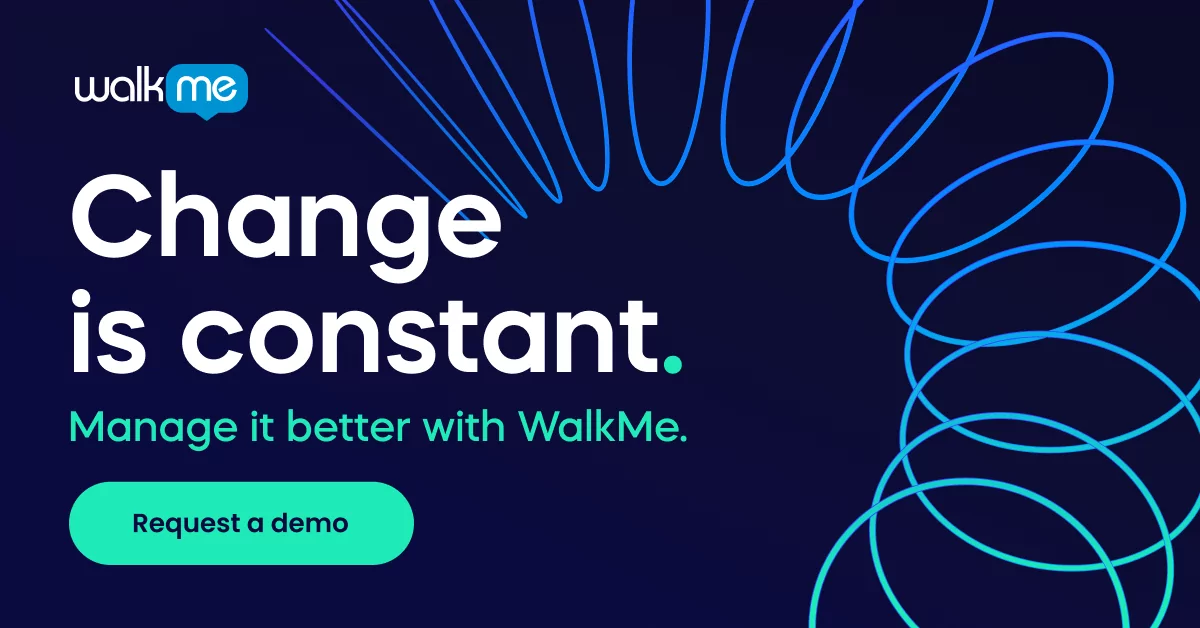Intelligent automation (IA) has been trending in recent months and years, but what exactly is it and why should you care?
While some have suggested that IA is merely a buzzword, others believe that it will transform finance, banking, customer experience, and the workplace as a whole.
Artificial intelligence (AI) investor and pioneer Kai-Fu Lee has even said that AI—a core pillar of IA—will automate nearly half of all jobs in the coming decade, including a significant portion of tasks in white-collar jobs.
Claims such as these may sound a bit exaggerated, to say the least, but we are already seeing evidence that IA and AI will both fuel tectonic shifts in the business world.
Real-world data already exists that lends credence to these ideas. Given the rapid pace of disruptive innovation in today’s economy, IA is worth a deeper look.
What is intelligent automation?
IA is made up of 3 major components:
- Robotic Process Automation (RPA). RPA is a type of rules-based software which automates tasks that don’t require human judgment, such as data entry, data extraction, and other repetitive administrative tasks.
- Business Process Management (BPM). BPM is a discipline dedicated to modeling, analyzing, measuring, improving, and optimizing business processes. Since the adoption of IA involves the digitalization of business processes, BPM and techniques such as process mining are fundamental to the automation of any business process.
- AI. AI goes by several different definitions, depending on who you ask. A commonly used definition developed by AI professor John McCarthy, dictates that AI “is the science and engineering of making intelligent machines, especially intelligent computer programs.” One of the most important characteristics of AI is that it can recognize patterns and “learn” from data.
When these three capabilities are combined, it becomes possible to automate not only repetitive work tasks but also those that require human judgment and decision-making.
The benefits of IA
IA delivers many of the same benefits offered by other types of automation, such as:
- 24/7 availability. Software never gets tired and it never needs to sleep, which means that automation platforms can operate day and night.
- Scalability. Software automation is purely digital, meaning it can be scaled up or down instantly and infinitely, unlike human labor or physical assets.
- Accuracy. RPA and rules-based automation tools perform tasks exactly as programmed, 100% of the time.
- Cost-efficiency. Machines, especially software, are far more affordable than human labor.
- Speed. Software can perform the same tasks exponentially faster than humans can, which can dramatically improve productivity and performance.
These benefits are advantages that come with any type of digital automation, but due to IA’s ability to automate cognitive tasks as well as manual tasks, it can also take on work performed by managers and business leaders.
According to McKinsey, 10-15% of marketing executives’ time could be automated by adapting currently existing technology—leaving more time to work on strategic initiatives (or just have a cup of coffee and breathe now and then).
Use cases and examples
IA can be used both internally, within the business and the workplace, and externally, for customer-facing applications.
A few examples of both customer and employee-facing applications include:
- Business software that automates financial processes, such as fraud detection and loan accreditation
- Cybersecurity software that analyzes data in real-time and makes decisions based on that data
- Stock market tools that follow market trends and make trading decisions
- Marketing AI that can perform tasks such as data analysis and automated decision-making
- Chatbots which can integrate with IA software that answers questions, routes queries, and performs more complex decision-based tasks
In the future, as AI capabilities broaden, we can expect to see a rise in the adoption of IA solutions throughout the business world.
Overcoming the challenges of adopting automation
IA can generate major performance advantages which can translate into a competitive edge, particularly for early adopters.
However, the path to achieve such advantages has many obstacles along the way.
In one survey that focused on varied types of automation, including intelligent automation, Bain and Company found that most businesses reported cost savings of 20% on average over two years. But 44% of respondents also claimed that their projects didn’t deliver the expected savings.
There were a few key characteristics that differentiated successful implementations from unsuccessful ones.
Best-practice companies addressed challenges such as competing business priorities or a lack of skill by:
- Grounding automation in corporate strategy and customer experience
- Devoting significant time to what comes after automation within a business process
- Actively managing automation as a transformative change
It is worth noting that some automation solutions are easier to adopt than others.
For example, it is far easier to implement a standalone automation platform, such as WalkMe’s no-code Digital Adoption Platform, than it is to have custom IA solutions developed from scratch.
Regardless of the route you take to IA, and the applications you select for the transformation, the bottom line is that every organization should establish a clear digital adoption strategy.


